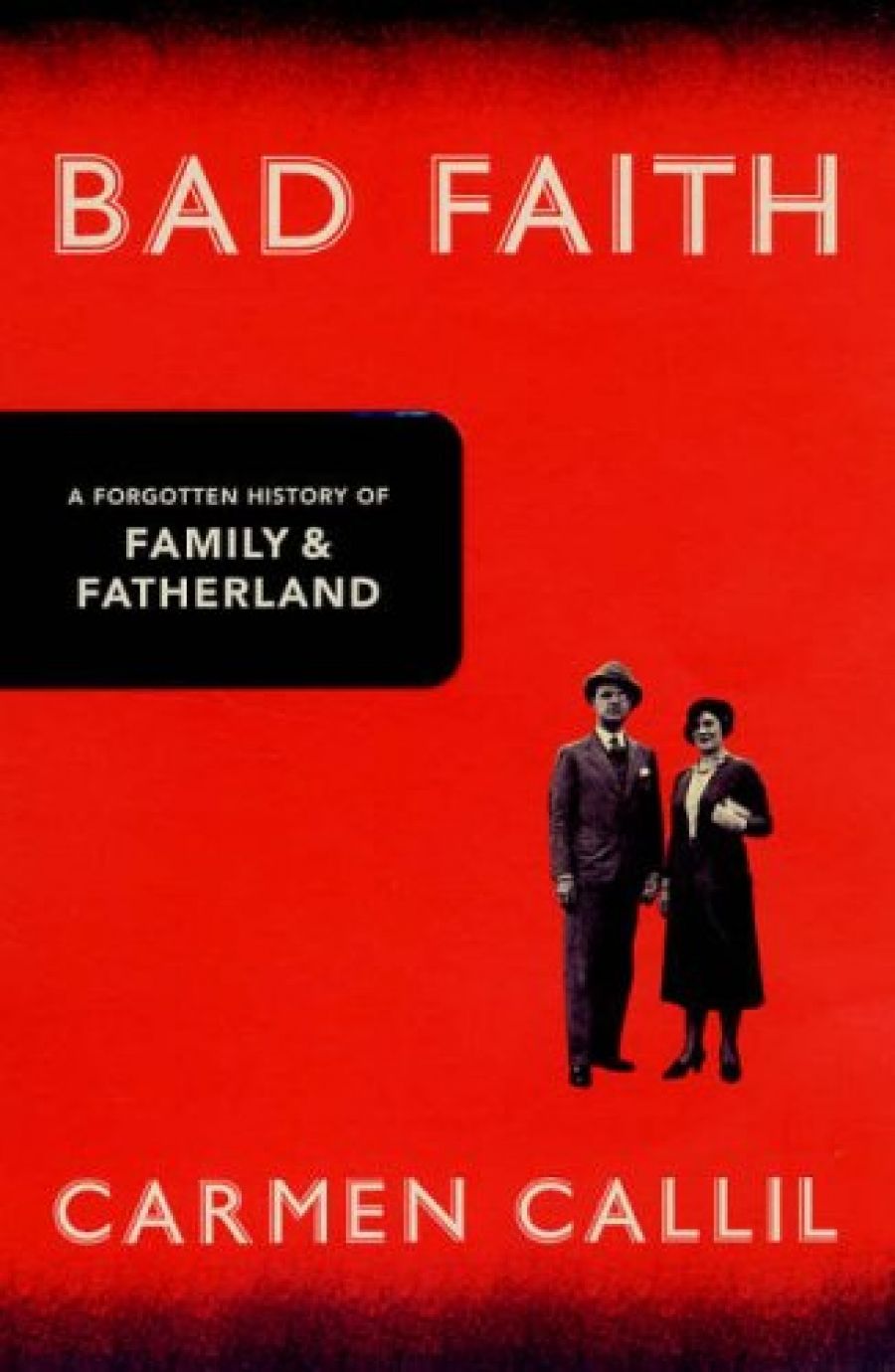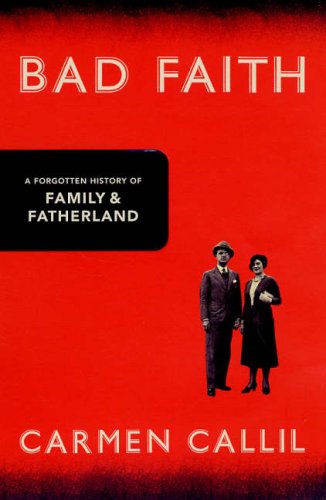
- Free Article: No
- Contents Category: Biography
- Review Article: Yes
- Article Title: Not simply a tragedy
- Online Only: No
- Custom Highlight Text:
In 1978 the French weekly L’Express published an interview that sent a shockwave through the French collective conscience. The subject was Louis Darquier de Pellepoix, the wartime Vichy government’s Commissioner for Jewish Affairs. Having escaped at the end of the war to the safe haven of Franco’s Spain, he was now an octogenarian, enjoying some prestige as the official translator of the Caudillo’s speeches. Darquier had been condemned to death in absentia by the Liberation courts, but never extradited. He was not the only Nazi collaborator to have escaped punishment, but what most profoundly perturbed the readers of L’Express was that his virulent anti-Semitism was still completely intact, as was his refusal to believe that the Shoah was anything other than a Jewish fabrication. In the late 1970s France was at the beginning of the long process of self-examination and self-remembering whereby it would seek to come to terms with one of its history’s darkest periods. For Charles de Gaulle, whose presence had dominated so much of the two decades after World War II, the Vichy government was an illegality, and its leaders traitors. After de Gaulle’s death in 1970 began the slow and painful process of acknowledgment that the experience and behaviour of the French during the Occupation was more complex than the Gaullian vision, and much more shameful.
- Book 1 Title: Bad Faith
- Book 1 Subtitle: A Forgotten History of Family and Fatherland
- Book 1 Biblio: Jonathan Cape, $32.95 pb, 614 pp
- Book 1 Cover Small (400 x 600):

Louis Darquier was a living reminder of that shame, and according to Serge Klarsfeld (the French historian who, more than any other, has laboured to bring to light the truth of France’s treatment of its Jewish population during the war), the ‘Darquier affair’ was the trigger that allowed cases for crimes against humanity to be mounted against Paul Touvier, René Bousquet and Maurice Papon. As with the trial of Klaus Barbie, the German ‘butcher of Lyon’, the trials of Touvier and Papon (Bousquet was assassinated before his could take place) were the most public face of the immense French effort of reappraisal, which has produced many hundreds of books, films and television programmes, and which reached a form of culmination, if not closure, in President Chirac’s 1995 public acknowledgment of French guilt in the Shoah, and the equally public act of penitence by France’s Catholic bishops in 1997.
Carmen Callil came to this story in a deeply personal and extraordinary way. When she first arrived in England in 1960, she suffered a period of depression and found herself under the guidance of a young female psychiatrist, Anne Darquier. Ten years later, Anne Darquier, by then a good friend of Callil’s, died of a probably unintentional overdose of the drugs she used for self-medication. To Callil’s surprise, she was buried as Anne Darquier ‘de Pellepoix’. Shortly thereafter, Callil saw the famous Marcel Ophüls documentary about the French Occupation, The Sorrow and the Pity, and was confronted with images of Louis Darquier de Pellepoix shaking hands with Nazi Germany’s security chief, Reinhard Heydrich. The coincidence set her seeking connections, and as she began to find them, she was drawn into the vortex of France’s historical disarray. Anne turned out to be the daughter of Louis Darquier and his Tasmanian wife, née Myrtle Jones, who had left home for a career in acting in the early 1920s. Bad Faith is at once the result of Callil’s attempt to honour the memory of the psychiatrist who became her friend, and a passionate yet clinically careful dissection of the people and forces that had so negatively weighed on Anne’s destiny. Never able ‘to think of Anne’s story simply as a tragedy’, she felt compelled to break through the silence to which Anne’s milieu and times had condemned her.
The stories of Anne and Myrtle are skilfully woven through Callil’s narrative. As a child, Anne was abandoned by her parents to the care of an English nanny who, despite the rarity of maintenance payments, seems to have done a sound job. Sound enough, anyway, for Anne to beat the tide and study medicine at Oxford. Myrtle, daughter of well-to-do farmers, was a mythomaniac who not only imagined herself as an heiress and an aristocrat, but actually believed it. With her first husband, a Gilbert and Sullivan singer named Workman (whom she may never have divorced), she paraded around Europe as Lady Workman-Macnaughten of Belfast. Myrtle’s appearances across Callil’s narrative are tragicomic. Beaten and abused by Darquier, whom she nonetheless idolised, reduced to begging from his and her own families as the effects of the Depression bit, she always had enough money to keep herself in a permanent alcoholic stupor, and she earns some sympathy through her rejection by Darquier’s snobbish family and her unstinting support for the British in the fascist salons of Occupation Paris.
But it is Louis Darquier himself who is Callil’s chief focus, and target. Her account of how this marginal misfit became a man of evil power is the backbone of her book and the mirror through which she examines what it was, in interwar France, that allowed such an itinerary to occur. Born in 1897, Darquier was the attention-seeking middle child of an ambitious mother and a successful father. The gall with which he appropriated noble ancestry (something which suited ‘baroness’ Myrtle down to the ground) was matched by his ingrained dishonesty and laziness. There was a touch of the thug about him – he was a big man and not averse to brawling – and he loved to party; but he was a boring speaker, and even his own family found him untrustworthy. In other times, he might have remained a frustrated nonentity.
His single passion was his hatred of Jews. This phobia, sustained by his complete faith in the notorious forgery The Protocols of the Elders of Zion, enabled him to navigate his way up through the French nationalist right during the multiple French crises of the 1930s – despite being widely ridiculed as a fool and a failure. On a more sinister note, from the mid-1930s, Darquier was receiving money from Germany for his anti-Semitic propaganda, and these contacts would be crucial when, during the Occupation, he became Commissioner for Jewish Affairs. Many historians have neglected the impact in France of Goebbels’ pre-war propaganda machine, but Darquier is a prime example of its effectiveness. If it was the residual anti-Semitism of the French traditionalist and nationalist right that gave him his foothold in politics, it was his adoption of the racist and lethal Nazi version that assured him the power he acquired during the war.
Darquier was not a success for his German masters. The wealth he disposed of as Commissioner only exacerbated his pleasure-seeking habits and his tendency towards corrupt dealings. He was distrusted and scorned by his Vichy colleagues, and after a couple of years even his strongest German supporters were plotting to get rid of a man whose erratic and unprincipled modes of operation were bringing their murderous policies into dis-repute. Nevertheless, he did inflict horrendous evil on the Jewish population, over seventy thousand of whom would be sent to their deaths. He was responsible for the compulsory wearing of the yellow star, and then for the explicit identification of Jews on their identity cards. He also, with German backing and against the will of the Vichy government, imposed a denaturalisation law by which Jews who had acquired French nationality after 1927 lost their citizenship (thereby facilitating deportation). His heaviest and most enthusiastic role was in the so-called ‘Aryanisation’ programme by which Jewish property was expropriated and sold to ‘true’ French buyers. Here again, as well as filling his own pockets, Darquier served Germany rather than France in the struggle over who should benefit most from the process. One of the most breathtaking stories in Callil’s book details Darquier’s unscrupulous part in the Nazi pillage of the Schloss collection of art, one of France’s finest, and much of which has never been recovered.
Bad Faith is brilliantly written and eminently readable. It offers a wealth of information about France during the interwar period and the Vichy years, and Callil’s angles of approach are highly original, meaning that even those familiar with the period will find plenty of interest. Callil demonstrates outstanding scholarship, combining the very best of existing sources with many dozens of personal testimonies and exhaustive archival work in several countries. The erudition is not in the least heavy-handed, and the narrative, both lucid and firmly personal, unfolds effortlessly. The index and system of notes are clear and helpful. The generous illustrations serve both to evoke the climate and style of the period, and in some instances (especially the photos involving Anne and those portraying the Jews in the Drancy concentration camp) keep the reader mindful that history cannot – or should not – forget individual stories.
A book so passionately inspired is bound to provoke controversy. Historians will question Callil’s view that the French experience of World War II can be best explained by seeing France as having been in a state of continuous civil war since the revolution of 1789. This is a dramatic assertion, but it does not account for the complexity of France’s long process of democratisation. A tendency to be overly categorical crops up in various ways throughout the book. It is most evident in the overt anti-Catholicism: although there are passing references to good deeds committed by Catholics, Callil’s portrayal of the Church as a monolithic and completely compromised institution needs to be balanced by accounts such as those of W.D. Hall’s Politics, Society and Christianity in Vichy France (1995) and by the work of French historians such as the Bédaridas and Fouilloux.
Callil’s message is broader than the story of Louis Darquier and the disasters that he visited on his family and the world. Her conclusion is, in this respect, telling:
As I wrote this book, people constantly asked me how I could bear to write about such a villain and about such terrible things. In fact, horrors from the past did not deter me. What caused me anguish as I tracked down Louis Darquier was to live so closely to the helpless terror of the Jews of France, and to see what the Jews of Israel were passing on to the Palestinian people. Like the rest of humanity, the Jews of Israel ‘forget’ the Palestinians. Everyone forgets, every nation forgets.
Remembering has to do with justice, and as there is no justice, acknowledgement has to do.
The fact that Louis Darquier de Pellepoix died peacefully in his bed in 1980 (and, ironically, was carried to his grave by communists) would seem to confirm Callil’s pessimism about the lack of justice in life. But in a very real sense, her own book brings Darquier and all he represented to justice in a way as effective as any legal process. It is also a powerful demonstration of the thoroughness, integrity and humanity such an achievement requires.


Comments powered by CComment